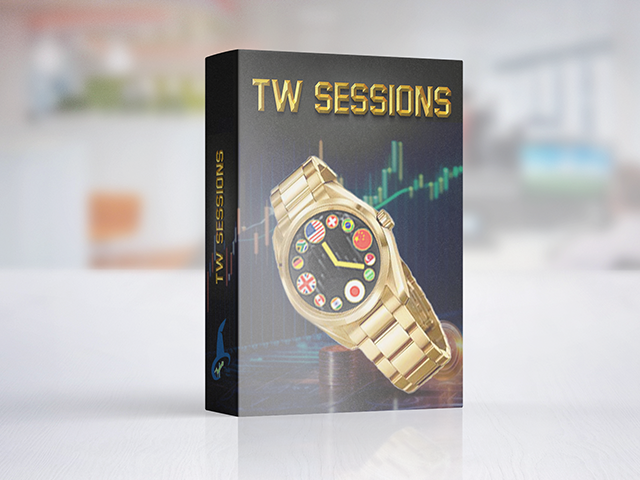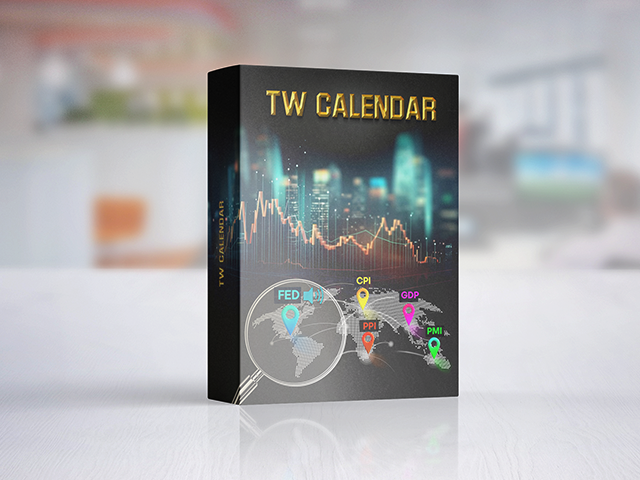Economic theories related to the foreign exchange market – Miscellaneous – February 28, 2024

Navigate the currency maze:
Economic Theory for Forex Traders
The foreign exchange market, with its vastness and liquidity, can seem like a complex and unpredictable beast. But understanding the underlying economic theory can give you useful tools for navigating this dynamic environment. Although these theories are not perfect predictors, they provide valuable insight into the factors that affect the value of a currency.
Forex trading has a direct impact on many economic theories, as it affects the elements on which these theories are based. Here are some representative examples:

General theories and methods:
Purchasing Power Parity (PPP):
This theory suggests that the exchange rate between two currencies should be adjusted so that the cost of a basket of goods and services is approximately the same amount in both countries. Foreign exchange trading activity can affect the relative prices of goods and services in different countries, potentially affecting the effectiveness of the PPP in the near term.
Interest Rate Parity (IRP):
This theory suggests that interest rate differences between two countries should be reflected in expected exchange rate changes. Forex traders actively consider interest rates when making trading decisions, and their actions can affect the relationship between interest rates and exchange rates.
Balance of Payments (BOP):
This theory focuses on recording all economic transactions between a country and the rest of the world. Foreign exchange trading activities contribute directly to a country’s BOP by affecting the current and capital accounts. For example, a surge in foreign investment can lead to a capital account surplus.
International Fisher Effect (IFE):
This theory suggests that a positive relationship exists between nominal interest rates and inflation rates in many countries. Foreign exchange trading activity can affect capital flows and exchange rates, which can affect both interest rates and inflation.
Market Efficiency Hypothesis (EMH):
Currency Model:
This theory suggests that exchange rates are primarily determined by the relative money supplies of two countries. When a country’s money supply increases, the value of that country’s currency is expected to fall.
Behavioral Finance Theory:
These theories incorporate psychological factors such as investor overconfidence, herd behavior, and loss aversion in explaining foreign exchange market movements. They suggest that market sentiment and irrational decision-making can affect exchange rates.
Monetary Policy:
Central banks use monetary policy tools, such as interest rate adjustments, to influence the economy. Foreign exchange market activity can affect exchange rates and inflation, which can affect the effectiveness of these tools.
Carry Trade:
It is a trading strategy that borrows money in a currency with a low interest rate and invests in a currency with a high interest rate. The goal is to profit from the interest rate difference, even if the exchange rate moves slightly against the trader. However, carry trades can be risky if exchange rates move significantly against the borrowed currency.
Portfolio Balance Model:
This theory suggests that investors choose to allocate their assets to different currencies based on their risk and return preferences. Changes in investor preferences and risk perception can affect exchange rates.
Asset Market Model:
This theory sees exchange rates as driven by the supply and demand of assets denominated in different currencies. Changes in investor sentiment and risk appetite can affect the demand for a particular currency and also affect exchange rates.
Technical Analysis: Chartism:
This is a historical approach to analyzing the foreign exchange market that focuses on identifying recurring patterns and formations on price charts. Although not as widely used as technical analysis, some traders still incorporate elements of chartism into their trading strategies.
Session trading model:

Basic analysis:

remember:
It is important to remember that these theories are not perfect and should be used in conjunction with other analytical methods to make informed trading decisions. Historical examples not only illustrate the potential impact of these theories, but also highlight the complex interaction of various factors in the formation of exchange rates. With a deeper understanding of these economic concepts, Forex traders can navigate the markets with greater confidence and make balanced trading decisions.
The future: The next article will take a closer look at the above theory along with historical examples. Stay with us…
disclaimer: This article is for informational purposes only and should not be considered financial advice. Please consult a qualified financial professional before making any investment decisions.
May Pip be in your favor!


